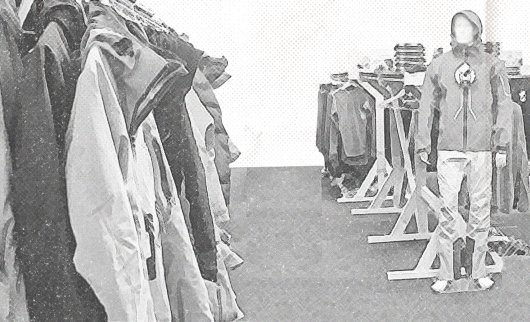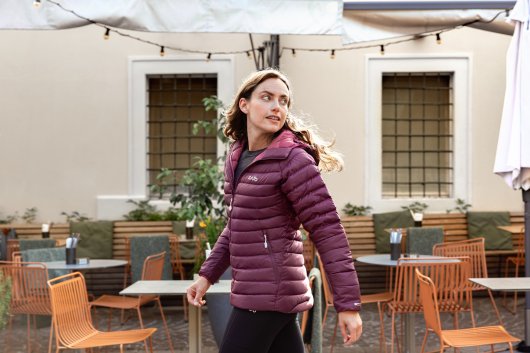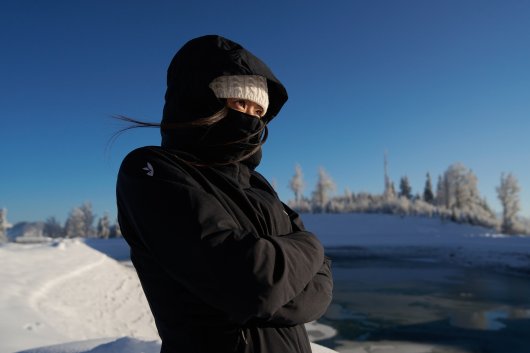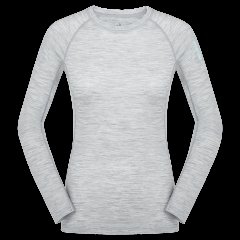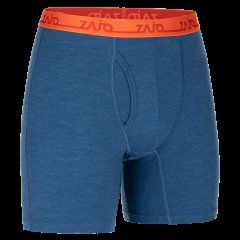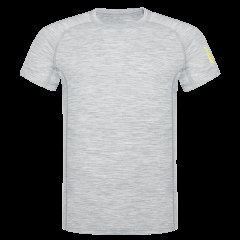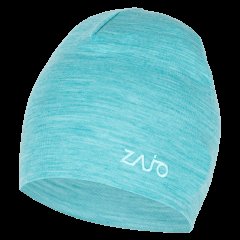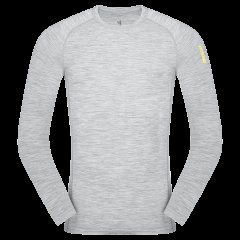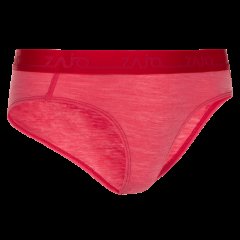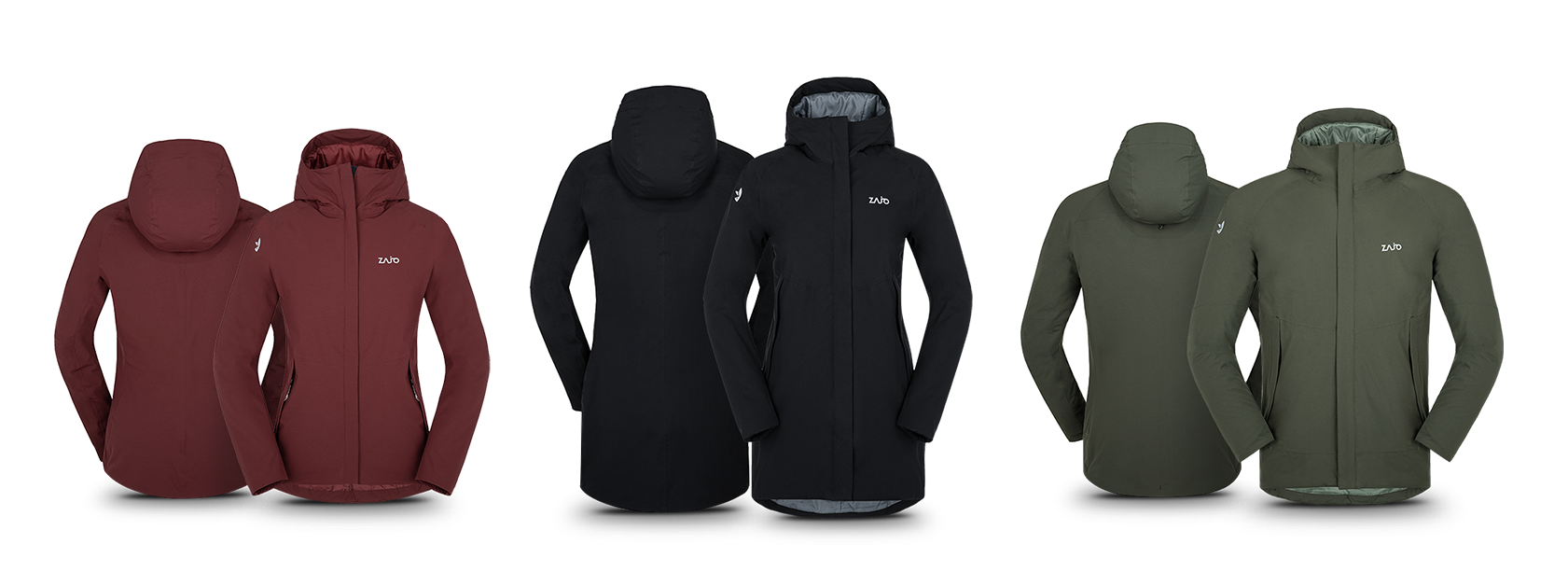What exactly does breathability mean?
However, while terms like waterproof or windproof speak clearly, it is easy to imagine the term breathability as something different and perhaps that is why it is often a misunderstood term that many people do not fully understand.
The term itself evokes a property that should allow air to pass through, but this is an explanation that has nothing to do with the real meaning of the word breathability in outdoor clothing. After all, breathability and windproofness should be mutually exclusive in such an explanation, but in reality, most jackets in our range offer both of these qualities.
So what's really behind the word breathability?
When we move, we give off energy. Some of this energy is converted into mechanical movement of our body, and the rest of the energy is converted into heat. In order not to boil in our juices, there are 2 to 3 million sweat glands in our body, which are ready to cool the body in case of excessive heat.
Sweat glands can secrete a few decilitres of sweat a day in normal activity, but in hot conditions and with more intense activity, they can secrete much more.

The breathability of the materials is a property that is supposed to manage this salty secretion. If the under stays on our body, we start to feel uncomfortable. Clothes stick to our bodies and we get cold, which can have a very unpleasant effect on our health, especially in winter.
High-quality materials with breathable properties can wick this moisture out through the material. A more suitable name for the declared breathability would therefore be vapor permeability, and this is a measurable property of the material, which indicates how many grams of water vapor a square meter of material can remove over 24 hours.
Which materials are effective in terms of breathability?
As we design clothing specifically for active outdoor and mountain environments, we work predominantly with materials that have excellent breathability/vapor permeability parameters.
For hardshell jackets, for example, we use a material called eVent with a very advanced membrane that, unlike many other membranes, contains micropores that are just large enough to allow water vapor to penetrate the surface of the jacket, but small enough to prevent water molecules from penetrating below the surface to protect the wearer from rain or snow.
With materials without waterproof parameters and therefore without the need for a membrane, achieving high breathability is much easier. Synthetic materials, for example, have excellent vapor permeability properties, absorbing very little water, wicking sweat away efficiently, and dries very quickly. Merino wool is also an excellent choice as it absorbs moisture and wicks it to the surface, dries quickly, and does not lose its properties even when wet. In addition, unlike other materials, merino wool has antibacterial properties, so it does not smell even after several wears.
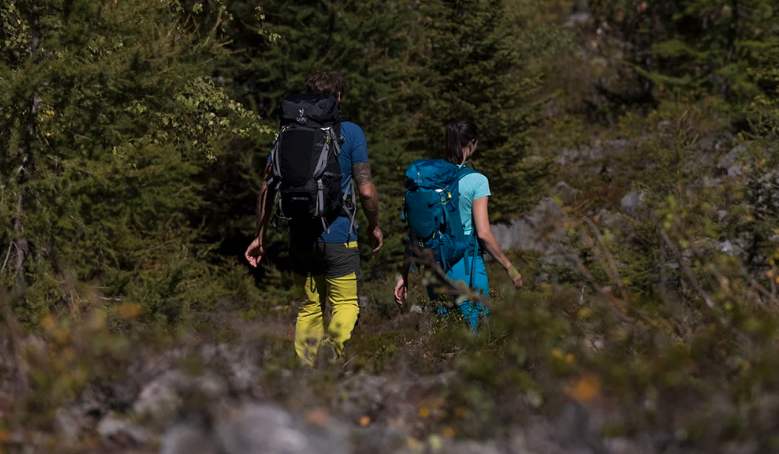
When it comes to breathability, cotton, for example, is not an ideal choice, which is why we also refer to our organic cotton T-shirts as leisure T-shirts, not for sports and active movement. Cotton is very comfortable to wear, but at the same time, it soaks up a lot of moisture as it wicks away, and this soaking then also acts as a barrier against further moisture escaping.
Conclusion
Although the name evokes otherwise and is perhaps unnecessarily confusing, breathability is not about air, it's about water. More specifically, it is about moisture and the ability of the material to get rid of it. This, of course, doesn't change the fact that this is one of the most important qualities that hiking and activewear should have.


